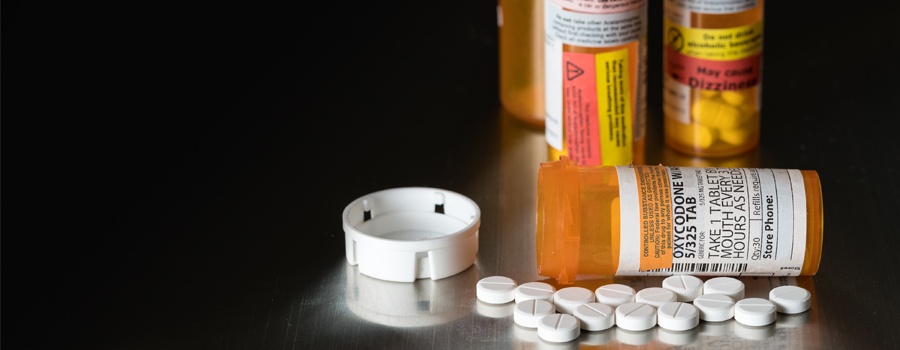Tag: naloxone
-

Opioid Prescriptions in Alabama Fall for 8th Consecutive Year
Contact: Jeff Emerson, 205-540-2247MONTGOMERY – Alabama physicians are taking action to reduce the number andpotency of opioid prescriptions and to increase access to medication that rapidlyreverses opioid overdoses, according to a new report released Thursday from theAmerican Medical Association. The report shows:• Opioid prescriptions in Alabama decreased 41.6 percent from 2012-2021. From2020-2021, opioid prescriptions in…
-

Alabama Opioid Overdose and Addiction Council Issues Formal Report
MONTGOMERY — Co-chairs of the Alabama Opioid Overdose and Addiction Council, Attorney General Steve Marshall, Commissioner Lynn Beshear of the Alabama Department of Mental Health, and Acting State Health Officer Dr. Scott Harris, announced the issuance of the Council’s formal report of its findings. The Council was created in August 2017 by an executive order…
-

UPDATE: BCBS New Opioid Management Strategy Effective April 1
UPDATED MARCH 21, 2018 — Blue Cross and Blue Shield of Alabama is launching an opioid management strategy in an effort to battle the growing opioid epidemic in Alabama, as well as a response to concerns for customers’ care and safety and the rising costs of health care. The new requirements will be effective April…
-

Public Restrooms Become Ground Zero in the Opioid Epidemic
A man named Eddie threaded through the midafternoon crowd in Cambridge, Mass. He was headed for a sandwich shop, the first stop on a tour of public bathrooms. “I know all the bathrooms that I can and can’t get high in,” said Eddie, 39, pausing in front of the shop’s plate-glass windows, through which we…